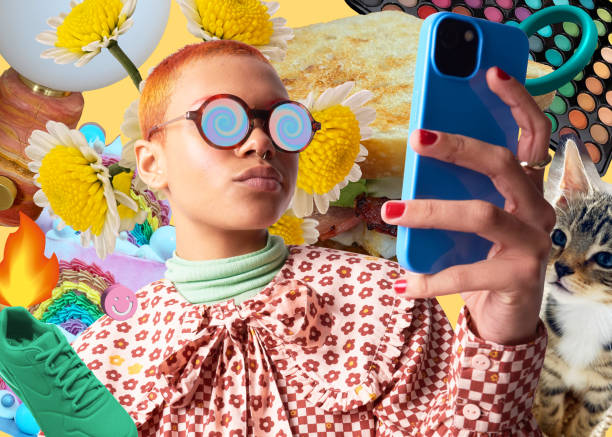Trends have developed massively throughout the decades. The technology we have now enables us to create content we would have never dreamed of.
The 2000s, or the “noughties,” were an exciting time for creativity, with the rise of new technologies, shifting cultural influences, and changing tastes. From fashion to music to design, the decade was full of unique trends that left a lasting impact. Here’s a look at some of the key creative trends of the 2000s.
1. Rise of digital art and photography
The 2000s saw the rise of digital technology, making it easier for creators to explore new forms of art. With the introduction of affordable digital cameras and editing software like Photoshop, photography and digital art became more accessible to amateurs and professionals alike. Artists began blending traditional art with digital effects.
2. Reality TV and DIY culture
Reality TV boomed in the 2000s, influencing not only entertainment but creativity as a whole. Shows like American Idol, Project Runway, and Top Chef gave everyday people a platform to showcase their talents, sparking a DIY (Do It Yourself) movement. The idea that anyone could be creative or successful without formal training became widespread.
3. Mashups in music
The 2000s were all about blending genres. Mashups became a huge trend, where DJs would take two or more songs from different genres and seamlessly combine them into one track. This trend, popularised by artists like Girl Talk and DJ Earworm, reflected the era’s growing openness to mixing and experimenting with different sounds.
4. Y2K fashion and aesthetic
The early 2000s fashion scene was heavily influenced by the Y2K aesthetic, which embraced futuristic and tech-inspired styles. Metallic fabrics, chunky sneakers, and bold, bright colours were everywhere. Brands like Juicy Couture and Von Dutch dominated, reflecting a flashy, glamorous approach to fashion.
5. The indie film boom
The 2000s saw a surge in indie films, driven by filmmakers looking to tell more personal and unconventional stories. Movies like Donnie Darko, and Lost in Translation, embraced a quirky, emotional storytelling style that captured audiences. The rise of digital filmmaking tools made it easier for indie filmmakers to produce high-quality films on smaller budgets.
6. Street art and graffiti
Street art gained mainstream recognition during the 2000s. Artists like Banksy and Shepard Fairey brought graffiti-style art into the public eye, blending political messages with bold, visual designs. Street art became a form of creative rebellion and social commentary, influencing everything from advertising to fine art.
7. Early social media influence
The rise of platforms like MySpace and YouTube in the 2000s allowed creators to share their work with global audiences instantly. These platforms gave independent musicians, filmmakers, and artists new ways to promote their work without relying on traditional media outlets. Social media also played a role in building fan communities and influencing trends.
The 2000s were a decade of blending old and new, experimenting with technology, and embracing individuality. The creative trends of this era laid the groundwork for the digital, connected world we see today. If it wasn’t for previous methods, tried and tested, we wouldn’t have the technology we currently have in 2024.







